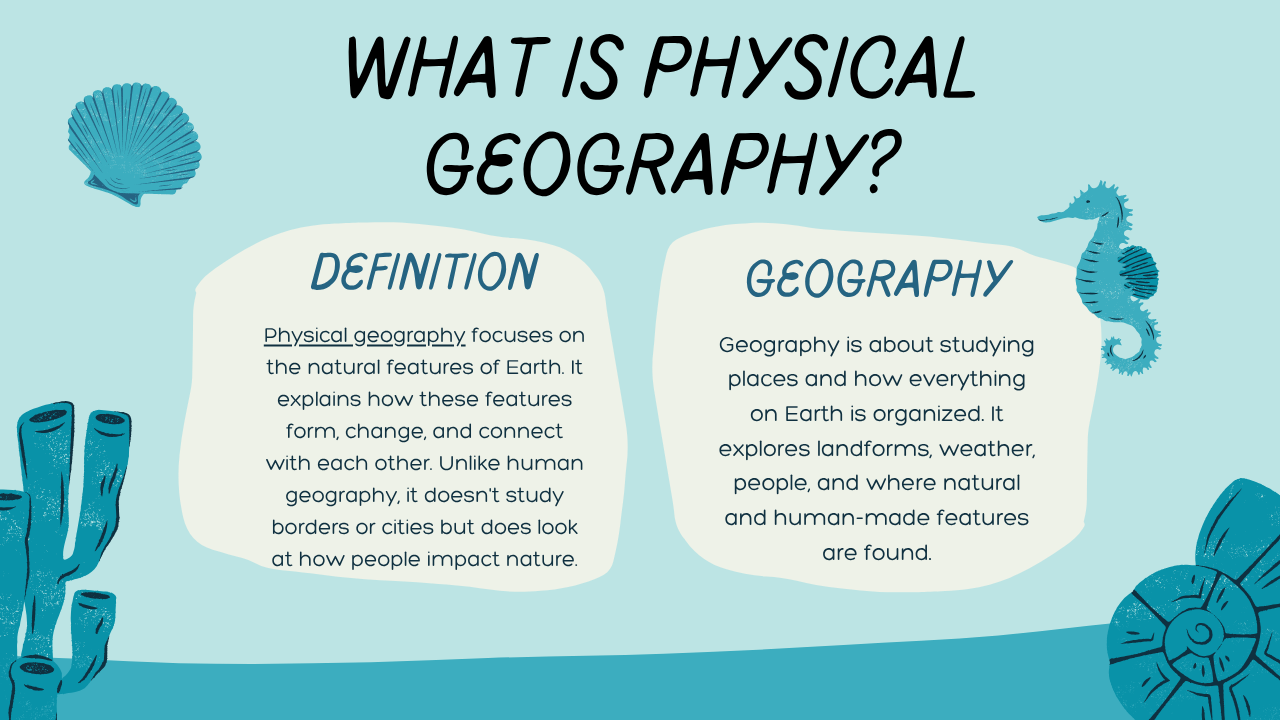Navigating the nuances of Spanish grammar can be tricky, especially when two verbs both mean “to be.” If you’re a Spanish learner or enthusiast, mastering “ser” and “estar” is one of the keys to sounding natural and confident. This guide will help you understand when to use each verb, how they differ, and how to avoid the most common mistakes—even if you’re just getting started.
Get ready to learn everything you need to know about “ser” vs. “estar,” from basic rules and conjugations to everyday examples you’ll actually use.
Ser vs. Estar: What’s the Difference?
Both “ser” and “estar” translate as “to be” in English, but they’re far from interchangeable. The distinction is essential for expressing identity, state, feelings, location, and much more.
- Ser is used for permanent, lasting attributes.
- Estar is reserved for temporary states or locations.
Think of “ser” as the verb for what something essentially is, while “estar” speaks to how, where, or in what condition it is right now.
Mastering Ser
Use “Ser” to Introduce Yourself with Confidence
When you meet someone, the information you share about who you are, where you’re from, or what you do in life mostly involves “ser.” For example:
- Soy María. (I am María.)
- Soy de México. (I am from Mexico.)
- Soy profesora. (I am a teacher.)
Decoding “Ser”: Variations in Conjugation
“Ser” is highly irregular–it doesn’t follow a consistent pattern, so memorization is key. Here’s how it looks in the present tense:
Ser Conjugation (Present)
| Yo | soy |
|---|---|
| Tú | eres |
| Él/Ella/Usted | es |
| Nosotros/as | somos |
| Vosotros/as | sois |
| Ellos/Ellas/Ustedes | son |
Quick tip: Don’t worry about memorizing every form at once. Start with “soy” (I am), “es” (he/she/it is), and “son” (they are)–you’ll hear and use them the most!
Ser: Uses and Examples
The acronym DOCTOR helps remember the main uses for “ser”:
- Description: Ella es alta. (She is tall.)
- Occupation: Ellos son médicos. (They are doctors.)
- Characteristic: Somos amables. (We are kind.)
- Time: Son las tres. (It’s three o’clock.)
- Origin: Soy de España. (I am from Spain.)
- Relation: Marta es mi hermana. (Marta is my sister.)
More Examples
- Ser for events (“La fiesta es en el club.” – The party is at the club.)
- Ser for possession (“El libro es de Pablo.” – The book is Pablo’s.)
Practice
Can you guess which sentences use “ser” according to the acronym above?
- ____ estudiante. (I am a student.)
- ____ las seis y media. (It is six-thirty.)
- Ellos ____ inteligentes. (They are intelligent.)
Answers: Soy, Son, son.
Decoding Estar
Estar Conjugation (Present)
| Yo | estoy |
|---|---|
| Tú | estás |
| Él/Ella/Usted | está |
| Nosotros/as | estamos |
| Vosotros/as | estáis |
| Ellos/Ellas/Ustedes | están |
“Estar” is also irregular but has a more predictable pattern compared to “ser.” Pay special attention to the accents in all forms except the first and fourth person singular/plural.
Understanding “Estar”: Uses and Examples
The acronym PLACE helps you remember the key uses for “estar”:
- Position: El libro está en la mesa. (The book is on the table.)
- Location: Estamos en casa. (We are at home.)
- Action: Estoy estudiando. (I am studying.)
- Condition: El café está frío. (The coffee is cold.)
- Emotion: ¿Estás feliz? (Are you happy?)
More Examples
- “¿Dónde está Juan?” (Where is Juan?)
- “Mis padres están de vacaciones.” (My parents are on vacation.)
- “Estoy cansada.” (I am tired.)
Practice
Which form of “estar” fits?
- La puerta ____ cerrada. (The door is closed.)
- Ustedes ____ en la clase. (You all are in class.)
- Yo ____ aprendiendo español. (I am learning Spanish.)
Answers: está, están, estoy.
Ser vs. Estar in Action
Sometimes both verbs can be used with the same adjective, but the meaning changes:
- Ser aburrido: To be boring. (La clase es aburrida – The class is boring.)
- Estar aburrido: To be bored. (Estoy aburrido – I am bored.)
Pro Tip: If you’re talking about an inherent trait, use “ser.” If you’re talking about a temporary feeling or state, use “estar.”
Quick Comparison Table
| Use | Ser | Estar |
|---|---|---|
| Identity/Origin | Soy mexicana. | |
| Time/Date | Son las dos. | |
| Characteristics | Es simpático. | Está enojado. |
| Location/Position | Está en casa. | |
| Health/Condition | Estoy enfermo. | |
| Ongoing Actions | Estoy leyendo. | |
| Emotion/Feeling | Estamos felices. |
Taking “Ser” and “Estar” Further
Once you’ve mastered the basics, challenge yourself with:
- Stories about family and friends (using ser for identity and relationships)
- Describing your feelings throughout the day (using estar for conditions and emotions)
- Practicing dialogues about where people or things are located (using estar for positions and locations)
- Explaining what time activities happen (using ser for time)
Solidify Your Spanish “To Be” Expertise
Mastering “ser” and “estar” will make your Spanish sound more fluent and natural. Focus on practicing with real conversations, music, or Spanish-language media. When you hear a new phrase, pause and think about why “ser” or “estar” is used.
For more practice, try writing a daily journal entry switching between “ser” and “estar.” And don’t hesitate to ask fluent speakers for feedback!
For more detailed explanations and examples, you can visit this helpful resource on the differences between “ser” and “estar”: SpanishDict – Ser vs. Estar.
FAQs
What is the difference between “ser” and “estar”?
“Ser” is used to express more permanent or inherent qualities, such as identity, origin, or time. “Estar,” on the other hand, is used to describe temporary states or locations.
When should I use “ser”?
Use “ser” for characteristics that define the essence of something, like someone’s profession (“Ella es doctora”), Origen (“Soy de México”), or time (“Hoy es lunes”).
When should I use “estar”?
Use “estar” for conditions or states that are temporary, such as feelings (“Estoy feliz”) or locations (“El libro está en la mesa”).
Are there any tricks to remember when to use “ser” or “estar”?
A common method is to use the acronym DOCTOR for “ser” (Description, Occupation, Characteristic, Time, Origin, Relationship) and PLACE for “estar” (Position, Location, Action, Condition, Emotion).
Can “ser” and “estar” be used interchangeably?
While “ser” and “estar” both mean “to be,” they cannot always be used interchangeably, as the meaning of the sentence often changes. For example, “Es listo” means “He is smart,” while “Está listo” means “He is ready.” Context matters greatly.
Related Post: How to Say Happy Birthday in Spanish — Cultural Insights







